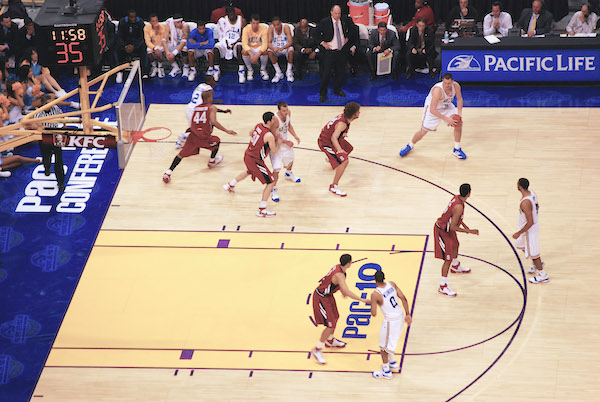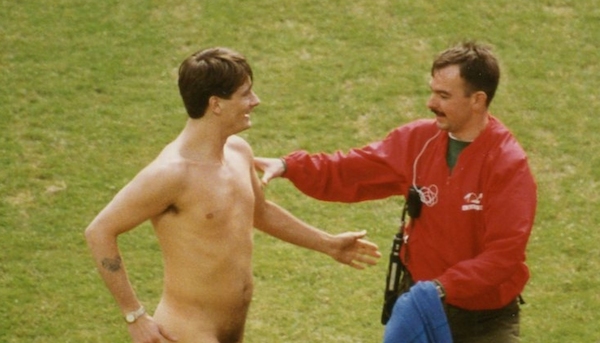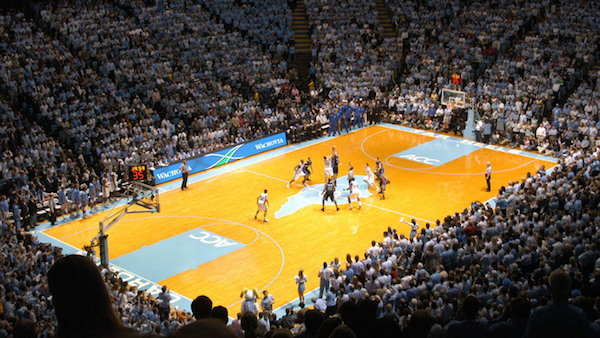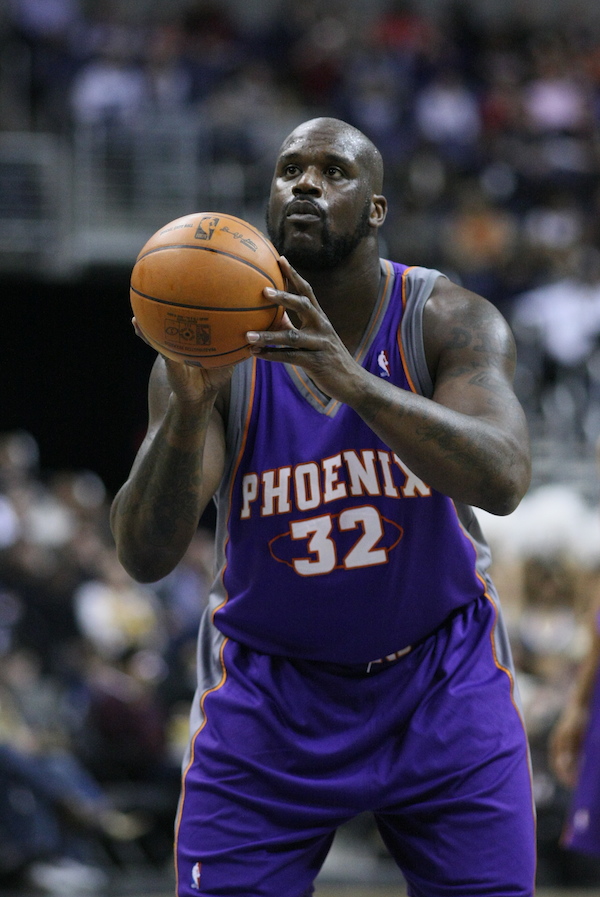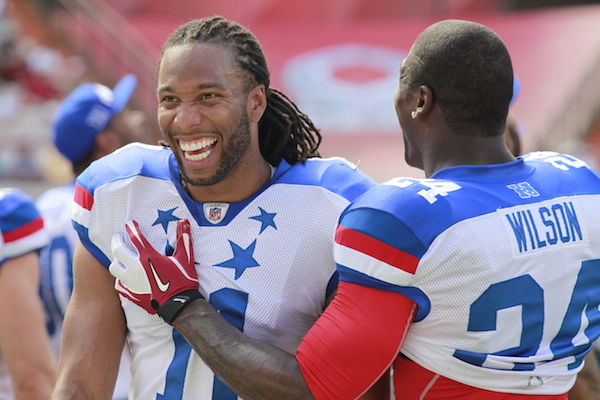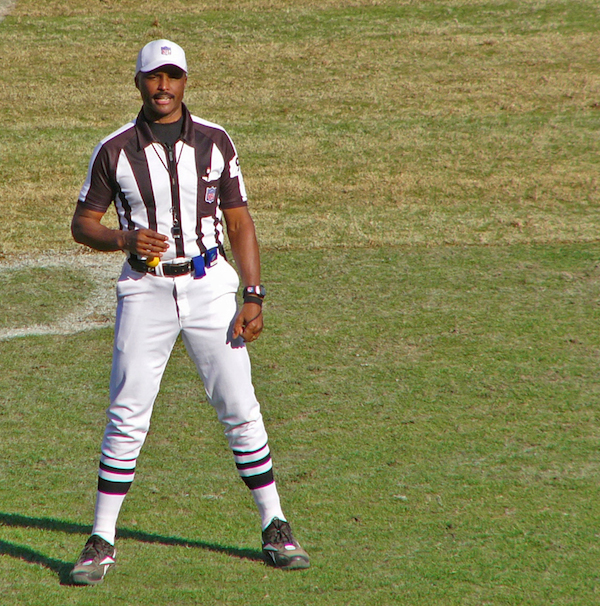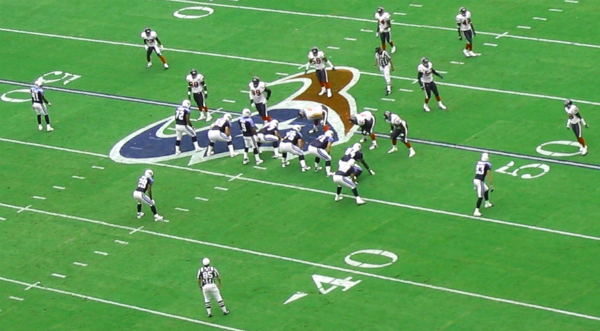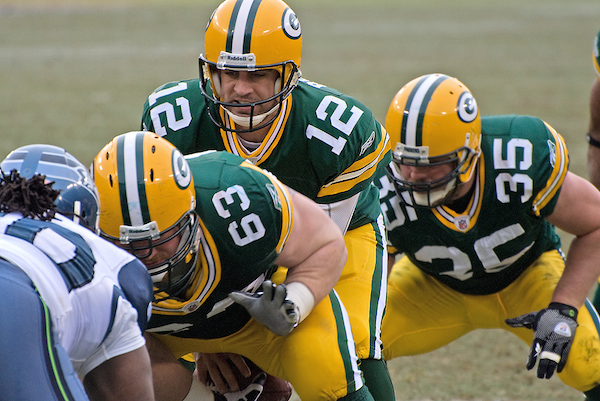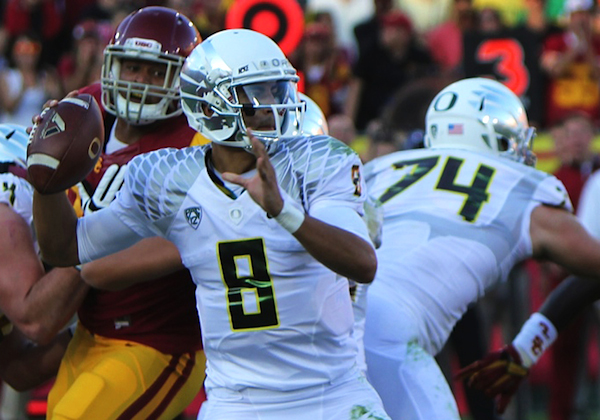Dear Sports Fan,
I don’t get it. College basketball has the perfect tournament called March Madness. Why does it need to have these extra conference championships? What’s the point? Why would anyone bother watching when the real competition is yet to come?
Thanks,
Lori
Dear Lori,
It’s true, the NCAA Basketball tournament, popularly called March Madness, is a wonderfully fun event. The tournament is 64 (technically 68 teams for the men’s tournament now, but most people still think of it as 64 for men and women) of the best college basketball teams in the country, playing in a single-elimination tournament until only one team is left. Before that happens though, almost every conference (all but one, the Ivy League) will have a conference championship tournament. These tournaments are happening now, in the two weeks before the NCAA tournament begins. Compared to March Madness, these tournaments may seem underwhelming, but they’re important for a variety of reasons. Their most important meaning does relate to the NCAA championship tournament. Every winner of a conference championship will get an automatic bid or place in March Madness. This shapes the conference tournaments and their meaning for the teams that play in them. It all depends on what type of team you are in what kind of conference.
Conferences come in all shapes and sizes but we can break them up into three categories: power conferences, tiny conferences, and in-between conferences. Tiny conferences usually only get one place in March Madness. Power conferences may get five, six, seven, or even eight teams into the tournament. The in-between conferences vary from year to year, depending on the quality of the teams in their league that year, but they might get two or three teams in.
For a team in a tiny conference, winning the conference championship is the only way to qualify for March Madness. For these teams, their conference championship is the pinnacle of competition. They know that they probably don’t have much of a chance to win a game in the NCAA tournament, much less win the overall championship. This transforms March Madness from being the tournament to being almost thought of as a prize for winning the conference tournament. Win the conference tournament and they’ll get to say, for the rest of their lives, that they played in March Madness. Being a dominant team in a one-bid league also means that the conference championship is a perilous time. There’s no rule that says a league only gets one bid. Non-automatic bid teams are selected for March Madness by a committee and there’s no guarantee that the committee will select a team with a very good record from a weak conference if it doesn’t win its conference tournament.
The situation in power conferences are different. The top teams in these conferences are basically guaranteed a tournament spot, even if they don’t win their conference tournaments. For these teams, the conference tournament is a chance to show off for the committee and hopefully get a higher seed in (and therefore an easier path through) the NCAA tournament. The teams in the middle of the power conference standings are the ones playing for bigger stakes. Win the conference tournament or at least get close, and they could rescue a mediocre season by qualifying for the tournament.
The experience in the in-between conferences, as you might guess, falls in-between the tiny and the power conference championship experience with one twist. These conferences often have one or two teams that are virtually guaranteed a tournament spot based on their regular season success. If they win their conference tournament, they get an automatic bid as well. If a surprise team from the in-between conference wins the conference tournament instead, that team will get the automatic bid. The favored team or teams in these conferences will probably still get their spots, meaning that instead of two spots in March Madness, the conference might get three; instead of three, they might get four. Every spot comes at the cost of another team elsewhere in the country, so you’ll see teams in one conference root for the favorite in another conference just so that a surprise team doesn’t eat up an automatic spot in the tournament.
Conference tournaments are exciting in their own right, but they do lead to some potential for counter-intuitive incentives. Like in European club soccer, as I recently explored in a post on whether or not teams always actually “play to win the game,” some teams may go into their conference championships with other things on their mind. Avoiding injury or testing a new strategy could be more important to a team that already feels it has a spot in March Madness wrapped up than winning the conference championship. For years, the Big East was widely thought of as the best and most physical basketball conference in the country. Teams that won or even just went very far in the Big East conference championships often were so physically and mentally drained by the effort that they couldn’t play their best in the NCAA Tournament. This sparked two competing lines of thought. One was that Big East teams shouldn’t try to hard to win their conference championship. The other was that winning the Big East title was in some ways more prestigious than winning March Madness itself.
This year, the power conferences (for the men’s tournament) are the Big 12, Big Ten, Big East, ACC, and SEC. The in-betweens are the American, Mountain West, Pac-12, Atlantic 10, West Coast, and Missouri Valley conferences. The other leagues are mostly tiny conferences with one bid, but of course, we won’t know until the selection committee releases their choices. Stay tuned.
Thanks for reading,
Ezra Fischer

